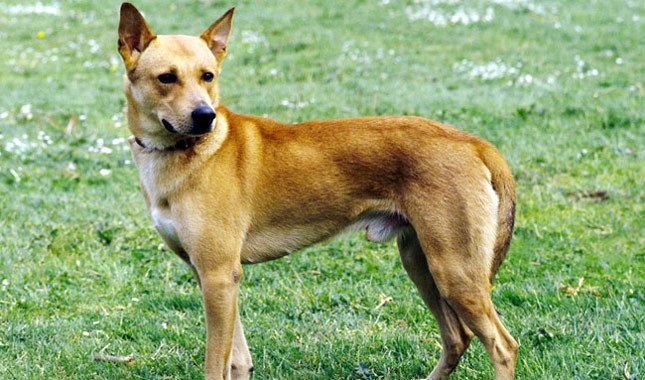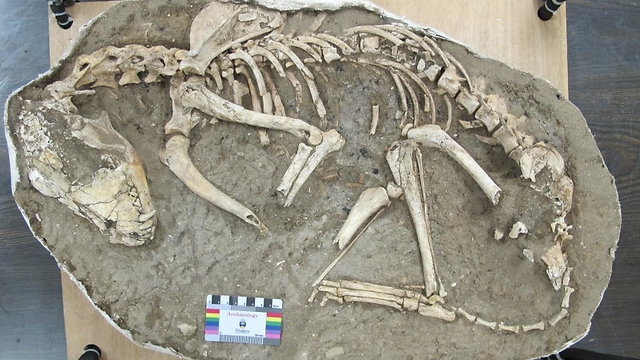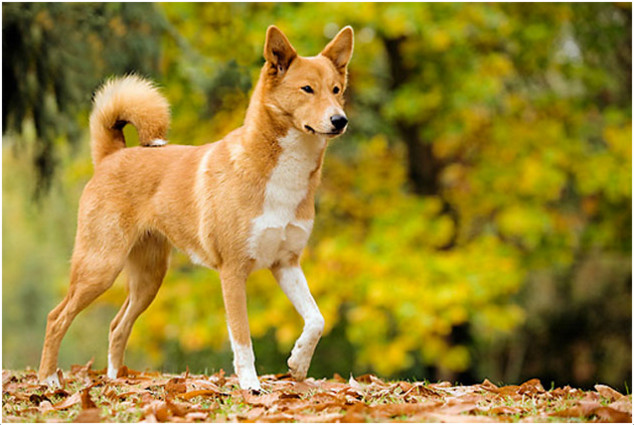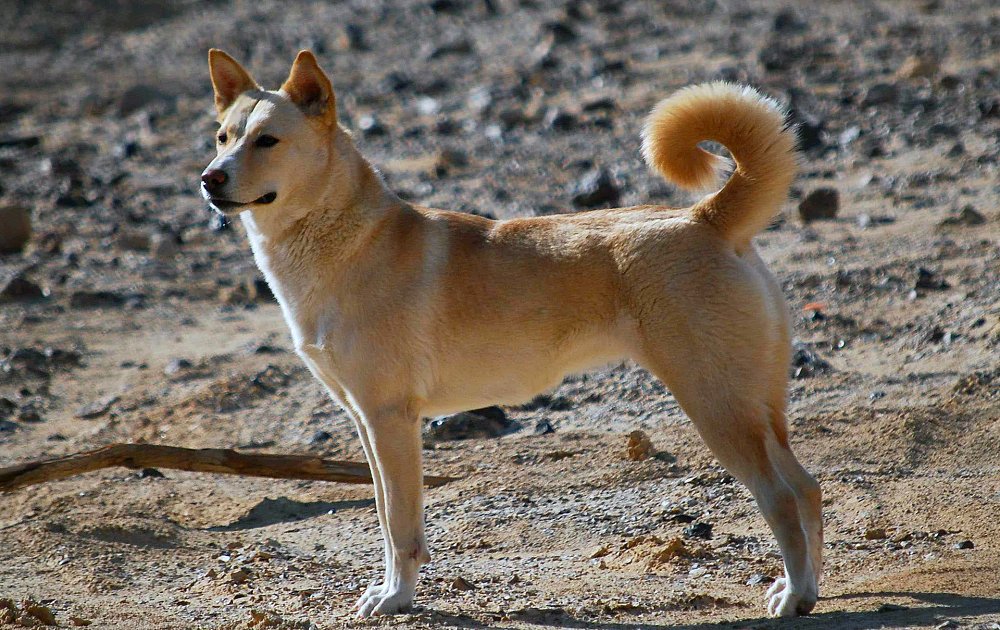The Canaan Dog, also known as the Bedouin Sheepdog and Palestinian Pariah Dog, It is a breed of pariah dog from the Middle East. This dog is found in Israel, Jordan, Lebanon, the Sinai peninsula, and these or dogs very similar are found in Egypt, Iraq, and Syria. There are 2,000 to 3,000 Canaan dogs across the world, mostly in Europe and North America.

History
Since time immemorial, the Bedouins have used this dog for guarding their herds and camps. According to tradition, at the time of the Diaspora, the Israelites were forcefully removed from their land and had to leave behind their dogs, which reverted to the wild.
Excavations in Israel unearthed the Ashkelon dog cemetery, the largest known animal cemetery in the ancient world, containing 700 dog skeletons all of which were anatomically similar to the Canaan dog of modern times. The cemetery dates back to the time of occupation by the Persian Empire and archaeologists hypothesize that the dogs were revered as sacred animals.

Canaan Dog jumping
In 1949, Menzel founded The Institute for Orientation and Mobility of the Blind, and in 1953, she started to train Canaan dogs as guide dogs for the blind. Although she was able to train several dogs, she found that the breed was too independent and too small for general guide dog use, although some of her dogs were used successfully by children. Her breeding program was concentrated with the Institute, where a foundation of kennel-raised Canaan dogs was established, carrying the name “B’nei Habitachon”. In addition, a controlled collection of dogs of the original type was continued, primarily from the Bedouin of the Negev. She later supplied breeding stock to Shaar Hagai Kennels which continued in the breeding of the Canaan dog.

Appearance
The Canaan Dog is a typical primitive dog in appearance. It is a medium-sized square-built dog, with a wedge-shaped head, erect and low set ears with a broad base and rounded tips. Its outer coat is dense, harsh and straight of short to medium-length. The undercoat should be close and profuse according to season. Colour ranges from black to cream and all shades of brown and red between, usually with small white markings, or all white with colour patches. Spotting of all kinds is permitted, as well as white or black masks.
Rudolphina Menzel classified these canines into four types:
Menzel concluded that the Canaan Dog is a derivative of the Type III pariah — the collie type (referring to the type of farm collie found in the 1930s which was a medium dog of a moderate head type more similar to today’s Border Collie, not the modern Rough Collie).
Health
In general, the Canaan dog does not have significant (known) hereditary problems. Although the breed is one of the healthiest.
